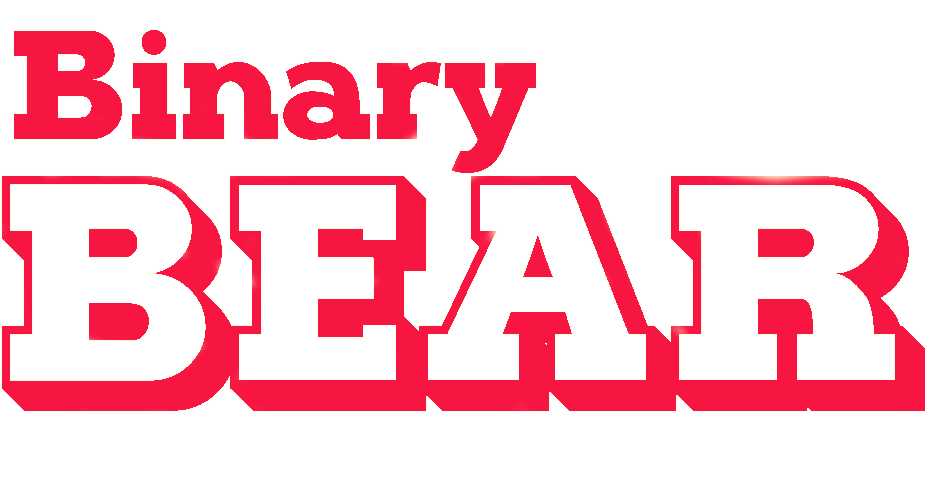What is CRO?
CRO is short for Conversion Rate Optimization. Actually, at Binary Bear we prefer the term “Optimization” or “Site Optimization” as CRO practitioners are not only improving the conversion rate!
Essentially, CRO is the process of introducing data into your design decisions in order to create a better experience for your customers and more value for your business.
What is the Optimisation process?
Usually you will get best results by undertaking a mixture of quantitative and qualitative research into how your customers currently use your website or app, and then use this information to come up with hypotheses about how to improve your design.
If possible, you should test your new idea against the original design.
If you are planning to run a programme of tests, you should always prioritise experiments based on factors like impact to the business and ease of use.
What is Cultural CRO?
Cultural CRO introduces elements of research based around design preferences that might affect behaviour around the world.
For example, having your offer re-framed to concentrate on products or services that are more popular in certain countries might be a route to getting more conversions.
Binary Bear uses local language speakers to check your web translation, payment procedures, local compliance factors, choice of images and tone of voice to make sure your digital experience is appropriate for each market you operate in.
Who should do CRO?
There is a commonly held misconception that CRO just means testing. Testing is great and you should always validate hypotheses where possible via a process of AB or Multivariate Testing.
For some companies, traffic levels are lower and therefore tests may take a long time to reach statistical significance. This isn’t an excuse for not gathering any data!
User studies, surveys, customer interviews, deep diving your analytics, click visualisation software…..all of these are useful CRO tactics to help you come up with evidence that can support a design change.
So, in short, everyone should do CRO!
What tools do you use?
Binary Bear is vendor neutral but has a wide range of experience of using market leading software to help with our programmes. Our team is experienced on using the big testing platforms like Optimizely and Adobe Target. But we’ve also worked with a variety of other solutions too.
For UX, we match the tools we use with the client’s appetite and budget, but we recommend tools like Hotjar, Eyequant, Effective Experiments, Crazy Egg, Clicktale, Decibel Insights amongst many other data sources to get a really robust view of customer behaviour.
How long should I run a test for?
Ah, the million dollar question. In most scenarios, it’s best to run your experiment until it has reached statistical significance for all your goals, or you have run the experiment over one full business cycle, or both. The industry consensus is that statistical significance means 95% significant. Most tools will alert you from their dashboard when a goal reaches this milestone.
Remember, each experiment is a snapshot in time, not a forecast. Many of the companies with the biggest testing resources will re-validate their hypotheses throughout the year by re-testing and observing seasonal changes.
What is Personalisation?
Personalization is the process of serving targeted experiences to users or user groups based on customer data. It is the cleverer big sister of Optimization, and the two approaches are normally bundled together because the software used is often the same.
Optimizely, Monetate and Abobe are well known personalization platforms.
Factors that can be introduced into personalized experiences include time of day, previous purchase behaviour, frequency of visit, geo-location and device.

